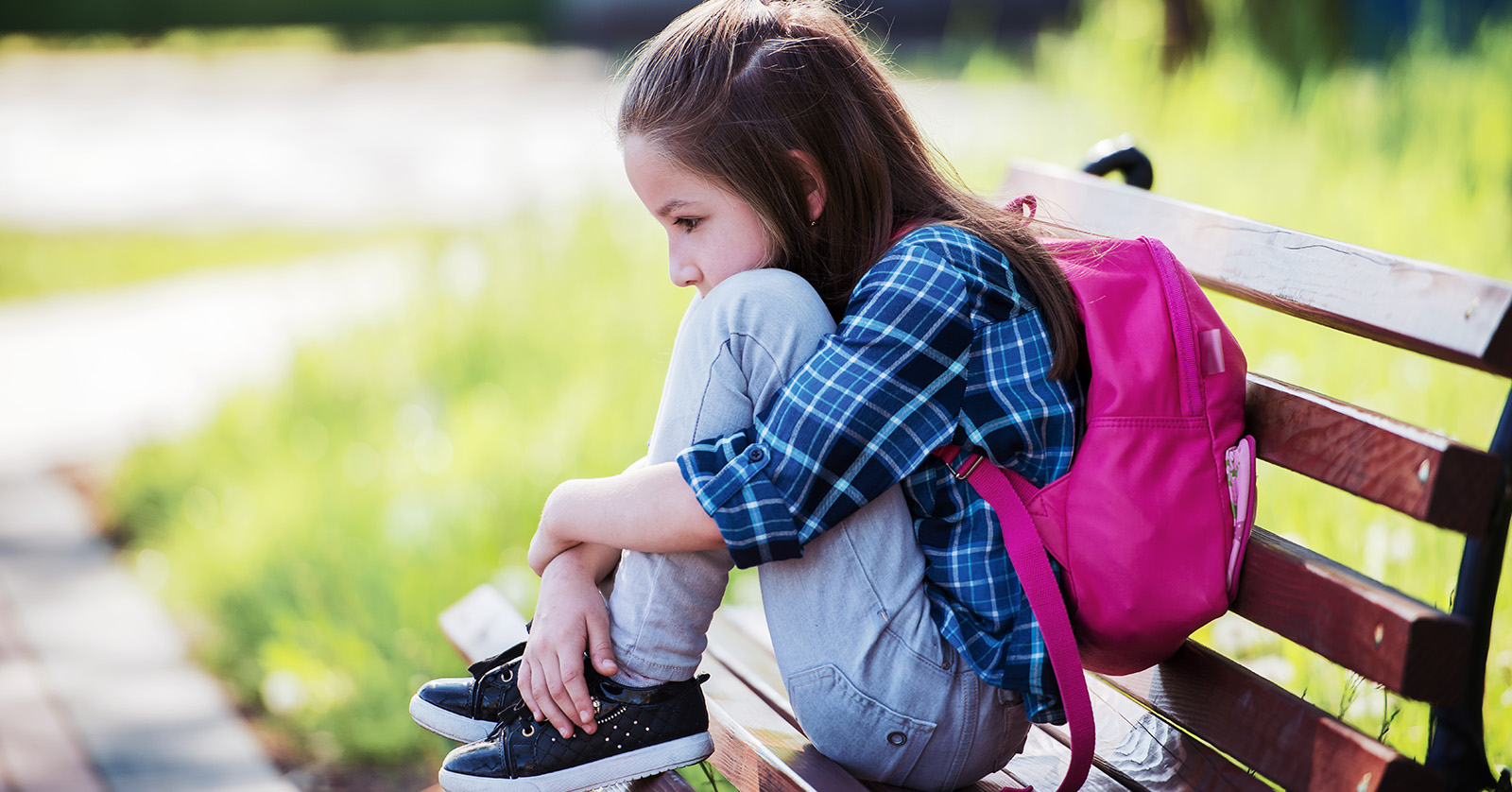
Compared to those who experienced a low level of adversity in childhood, people who experienced a high level of childhood adversity were more likely to die by suicide or substance use in middle adulthood, according to a study of nearly 50,000 people conducted by researchers at NIH’s Eunice Kennedy Shriver National Institute of Child Health and Human Development (NICHD).
The proportion of deaths varied according to the type and combination of adversities people experienced. For example, people who experienced family instability—including two or more changes to parents’ marital status or frequent changes in residence or foster care—were 92 percent more likely to die by suicide and 50 percent more likely to die from substance use. Similarly, those experiencing a combination of poverty and parental separation were 85 percent more likely to die from substance use.
Background
Researchers have theorized that adverse childhood experiences are detrimental to brain and behavioral development. These experiences could increase the risk for mental health problems and risk-taking behaviors later in life. Although previous studies have linked childhood adversity to substance use and suicidal behaviors, less research has been conducted on whether these behaviors are also associated with a higher risk of death in adulthood.
Results
For the current study, researchers investigated the potential associations between types and combinations of childhood adversity on adult deaths from suicide and substance use. They analyzed data from an earlier study of 48,197 pregnant women enrolled from 1959 through 1966 at 12 U.S. sites. The study collected data on their offspring until they were eight years old. The researchers obtained death records of the grown offspring from the National Death Index on those who had died before 2016.
Of 45,207 participants in the original study, 267 died by suicide and 338 from substance use—deaths from alcohol, prescription drugs, or illicit drugs.
In addition to the higher risks observed with family instability and the combination of poverty and parental separation, those who experienced parental harshness (verbal or physical aggression) and neglect were 57 percent more likely to die by suicide. They also were 83 percent more likely to die from substance use. Those who experienced poverty and crowded housing were 38 percent more likely to die by suicide and 32 percent more likely to die from substance use.
Significance
“Multiple forms of childhood adversity were associated with self-injury related adult deaths in our study,” said senior author, Stephen E. Gilman, Sc.D., chief of the NICHD Social and Behavioral Sciences Branch. “While premature death was a rare outcome in the study, finding a higher risk of preventable deaths among participants with a history of child adversity was very unfortunate. If we could better understand how these forms of adversity influence adult health, we could develop ways to prevent these outcomes.”
Reference
Govender, T, et al. Adverse childhood experiences and risk of suicide and substance-related mortality through middle adulthood. Journal of Affective Disorders (2024).
###
About the Eunice Kennedy Shriver National Institute of Child Health and Human Development (NICHD): NICHD leads research and training to understand human development, improve reproductive health, enhance the lives of children and adolescents, and optimize abilities for all. For more information, visit https://www.nichd.nih.gov.
About the National Institutes of Health (NIH): NIH, the nation’s medical research agency, includes 27 Institutes and Centers and is a component of the U.S. Department of Health and Human Services. NIH is the primary federal agency conducting and supporting basic, clinical, and translational medical research, and is investigating the causes, treatments, and cures for both common and rare diseases. For more information about NIH and its programs, visit https://www.nih.gov.

 BACK TO TOP
BACK TO TOP